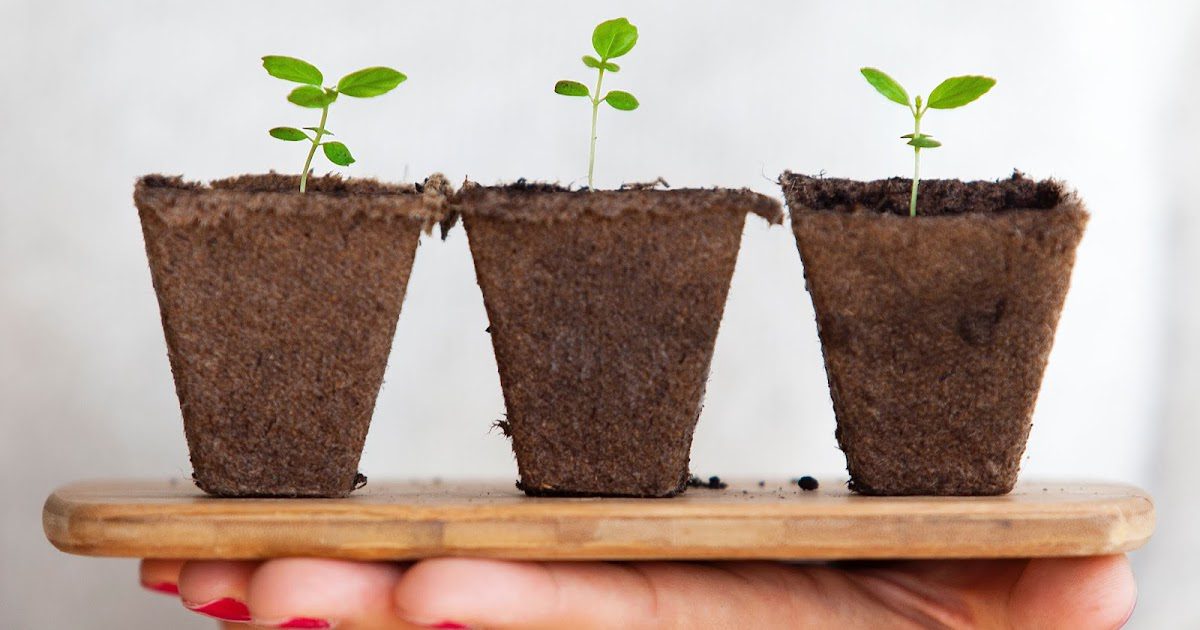15 Eco-Friendly Habits for Your Home

You know how important it is to be environmentally friendly,
but perhaps you’re not sure where to start. The good news is that being eco-friendly
doesn’t have to be difficult!
A great first step to reducing your carbon footprint is to
reassess some of your home habits and
practices. Your home,
after all, is where you spend most of your time and where you create your
day-to-day routines.
Work these simple habits into your home routine for a
greener lifestyle:
1. Start Recycling
Recycling is one of the best things
you can do for the planet.
Set aside different bins designated for paper, cans, bottles and different
kinds of plastics. For plastic containers, look for the small number, usually
located on the bottom of the container, to determine the type of plastic and
sort appropriately.
2. Reduce Water Waste
Try to limit the number of times
you run your dishwasher and washing
machine by waiting until they are completely full! Also, turn off faucets
when you’re not using them and inspect all faucets (including any outdoor
plumbing) for leaks often.
3. Ditch Plastic Storage Containers
They’re cheap and, at times,
convenient. But storing your leftovers and lunches in plastic containers can be
harmful to both the environment and your health, especially when used to reheat
food in the microwave. Plastic is made of chemicals that can leach into whatever
it comes in contact with. Consider investing in glass containers instead. They’re
more expensive up front but they last longer and are more suitable for
reheating food.
4. Use Canvas Bags Instead of Plastic
Whether your state has banned the
use of plastic bags in grocery stores or you are trying to be more
plastic-conscious, reusable bags are a great way to help the environment. Invest
in some inexpensive canvas bags and use them while you’re out running errands. Aside
from being environmentally friendly – canvas bags are also much sturdier than
both plastic and paper. Never worry about ripped grocery bags again! To learn
more about New York State’s efforts to reduce plastic waste through plastic
bags, click
here!
5. Swap Paper Towels for Rags
Using rags made from old clothing
works just as well (if not better) for cleaning than paper towels. Plus, they
can be washed and used over and over again. A win for the planet and your
wallet!
6. Start a Compost Pile
Start composting food scraps
instead of throwing them away. Its free fertilizer,
plus you’ll have to empty your trash can a lot less. Place a container with a
lid under your kitchen sink and throw in coffee grounds, eggshells and fruit
and veggie scraps. Dump into your outside compost when full. You’ll thank us
later!
7. Invest in Energy-Efficient Light Bulbs
The next time one of your light
bulbs blows, replace it with an energy-efficient LED
bulb. Sure, it’ll cost more up front, but it will last much longer than a
traditional bulb and conserve energy (and save you money) in the process.
8. Use Natural Cleaning Products
Instead of spending money on harsh
household chemicals, consider making your own cleaning solutions from natural
items such as vinegar, baking soda, and acids found in citrus fruit.
9. Ditch the Pod-Based Coffee
Pod-based coffee
systems are convenient – but they’re bad for your wallet and the environment.
Using a traditional drip coffee pot can significantly cut back on the number of
coffee pods being deposited into landfills.
10. Get Some Plants
Plants are not
only great for your home décor,
they also convert carbon dioxide into oxygen which is great for air quality. A window
sill herb garden
is great for décor and adding flavor to your food.
11. Buy a Water Filter
Buying a water
pitcher with a filter is a great way to cut costs and reduce plastic
consumption. No more lugging huge packs of water bottles from the grocery store
for you! Don’t forget to also treat yourself to an eco-friendly reusable water
bottle. Pro tip: the thermoses that keep your coffee super-hot will also keep
your water super-cold.
12. Pay Your Bills Online
Cut down on junk mail and save some
trees
in the process. Many companies also offer discounts for paperless billing!
13. Line Dry Your Clothing
Whether it’s a drying rack or a
traditional clothesline, line drying is great for the environment and will help
your clothes last longer.
14. Reduce Oven Use
Appliances such as toasters and
microwaves use less energy than conventional ovens.
Make and reheat foods using these kitchen tools to save energy. If you do use
the oven, cut back on the number of times you open the door to keep the heat
in.
15. Scour Your Home for Energy Drains
Did you know that electronic items
left plugged in can be sucking energy from your home? Think cellphones
chargers, unused televisions and lighting sources, or your laptop charger can
all unnecessarily be using energy when they don’t need to be. Be sure to unplug
these items when not in use to save the environment and your wallet!
Whether you choose to adopt one of these habits or all
fifteen, know that every little bit helps in protecting the place we call home.
Stick with these practices every day and your carbon footprint will be smaller
in no time!



